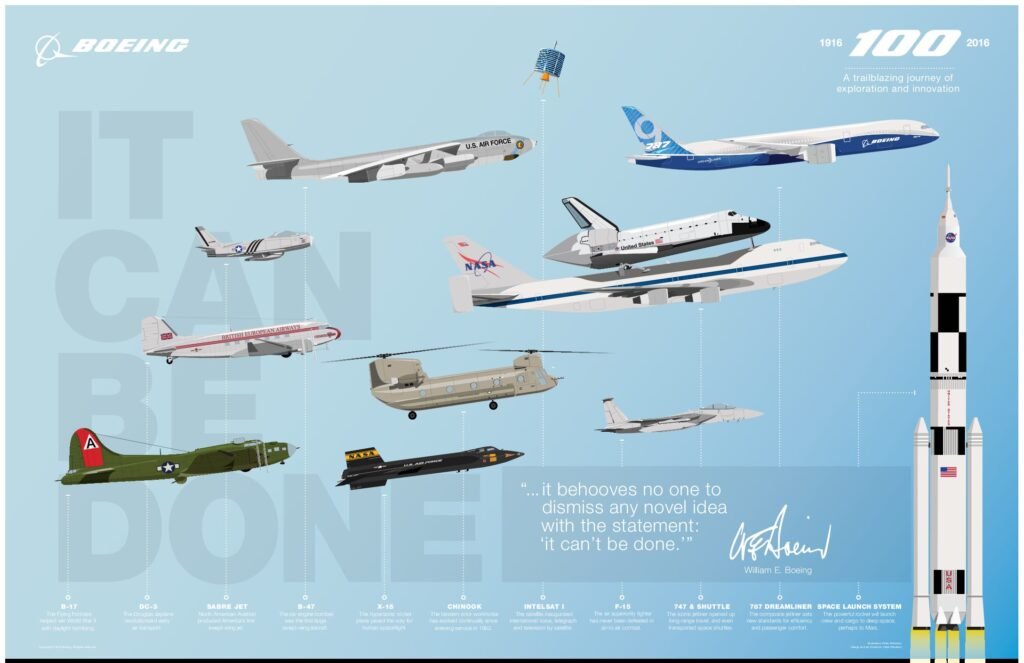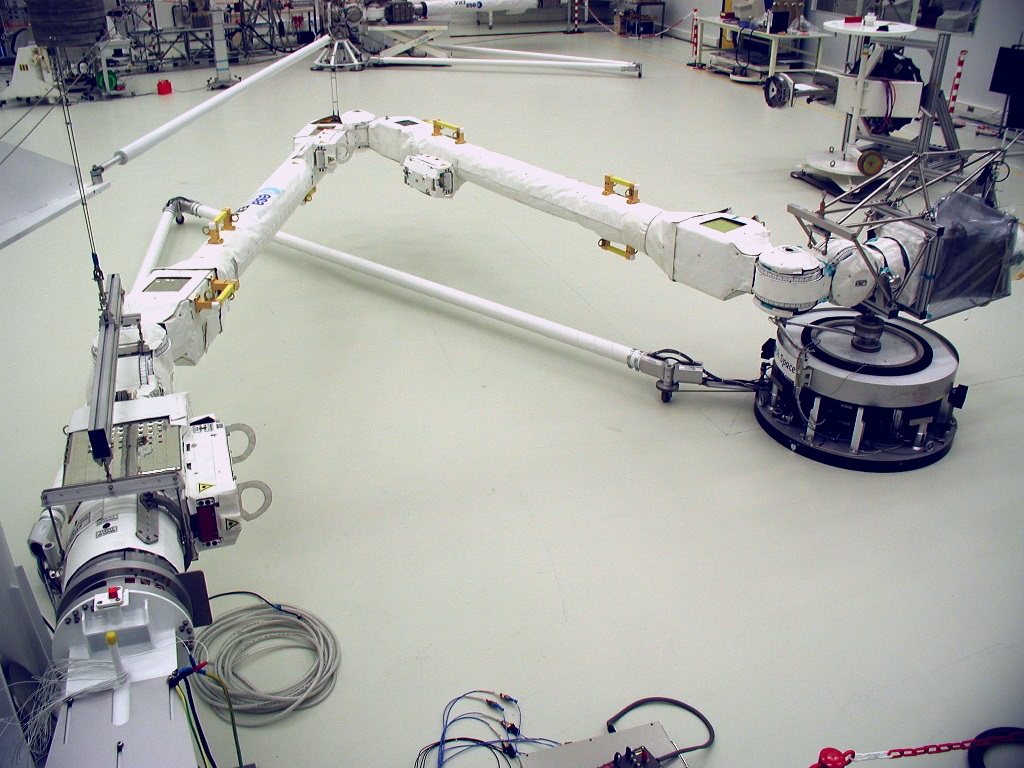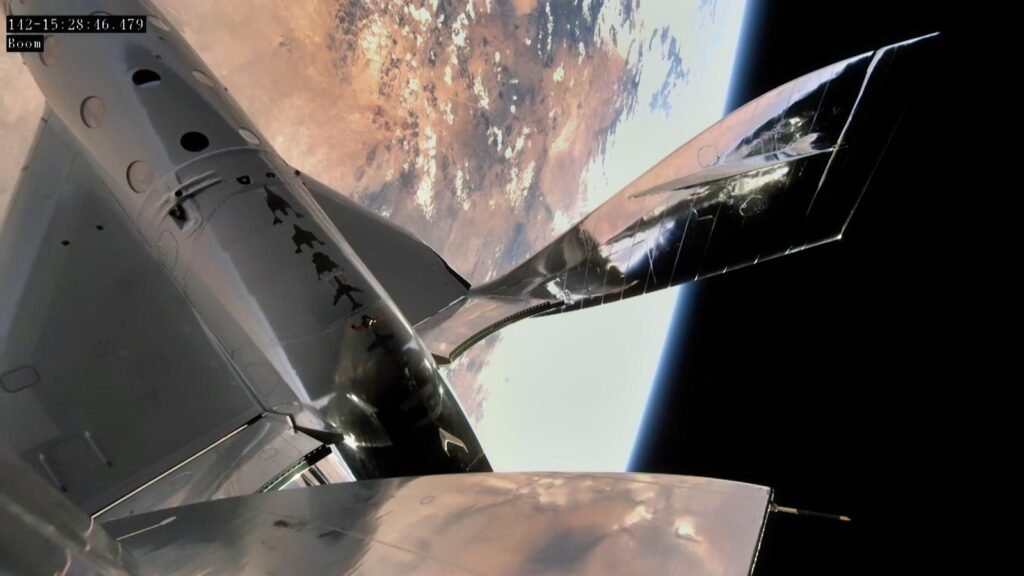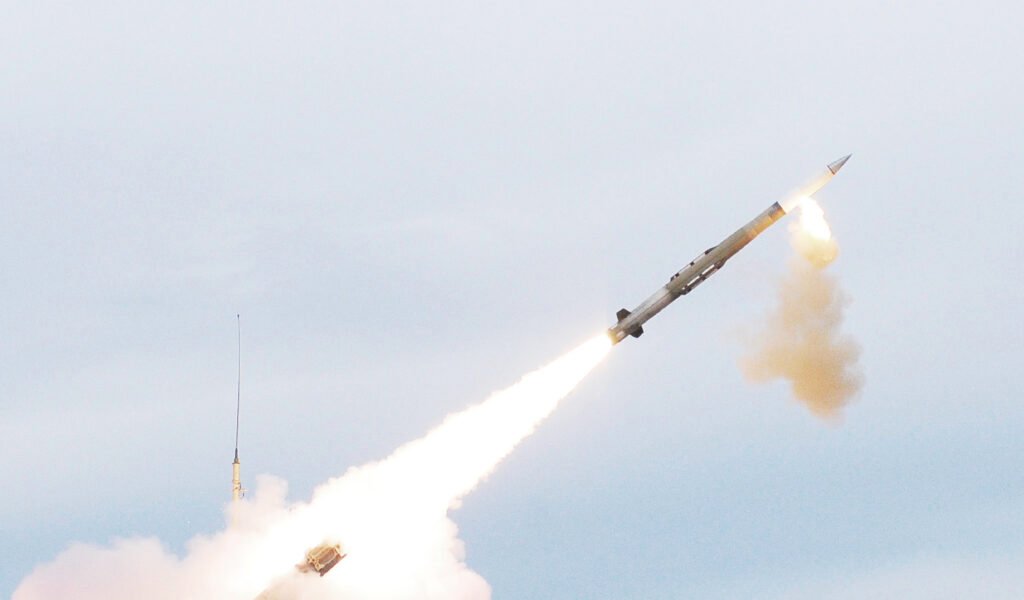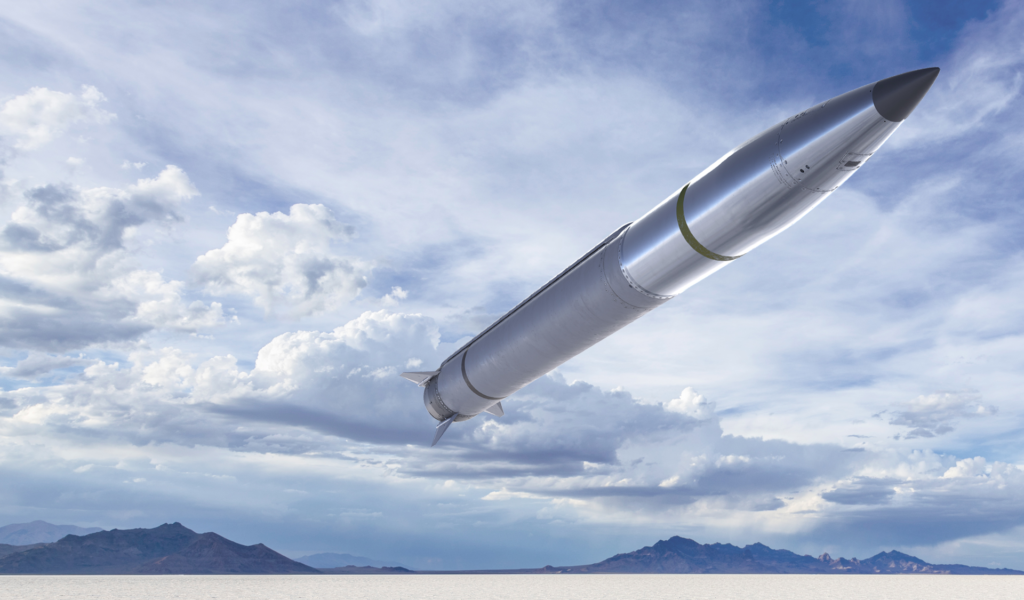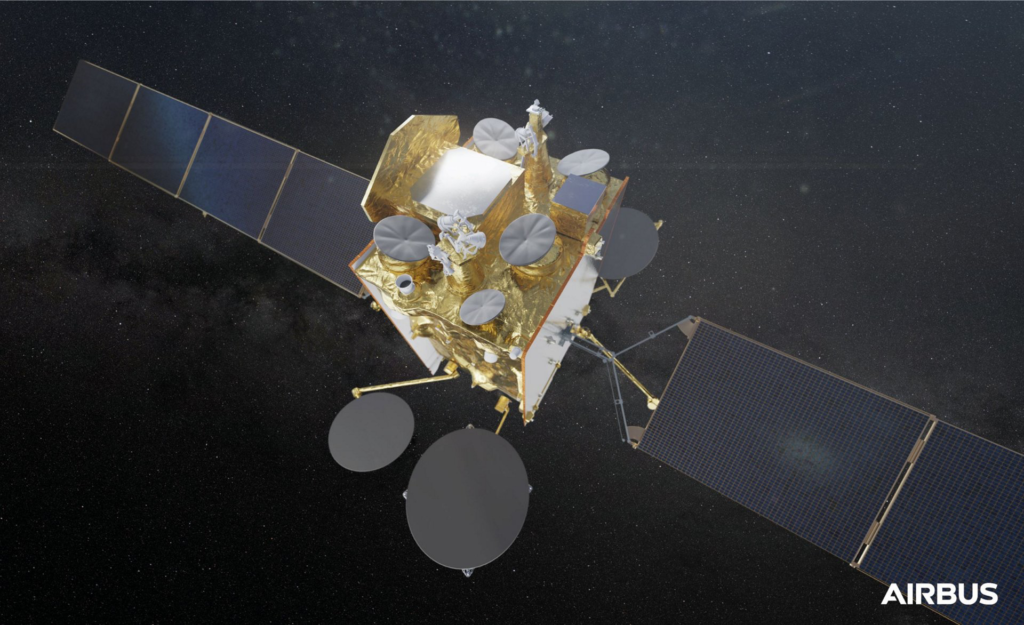Boeing Company Announces Second Quarter Deliveries
The Boeing Company [NYSE: BA] announced today major program deliveries across its commercial and defense operations for the second quarter of 2021. "We continue the work to deliver on our commitments to our commercial, defense,…
